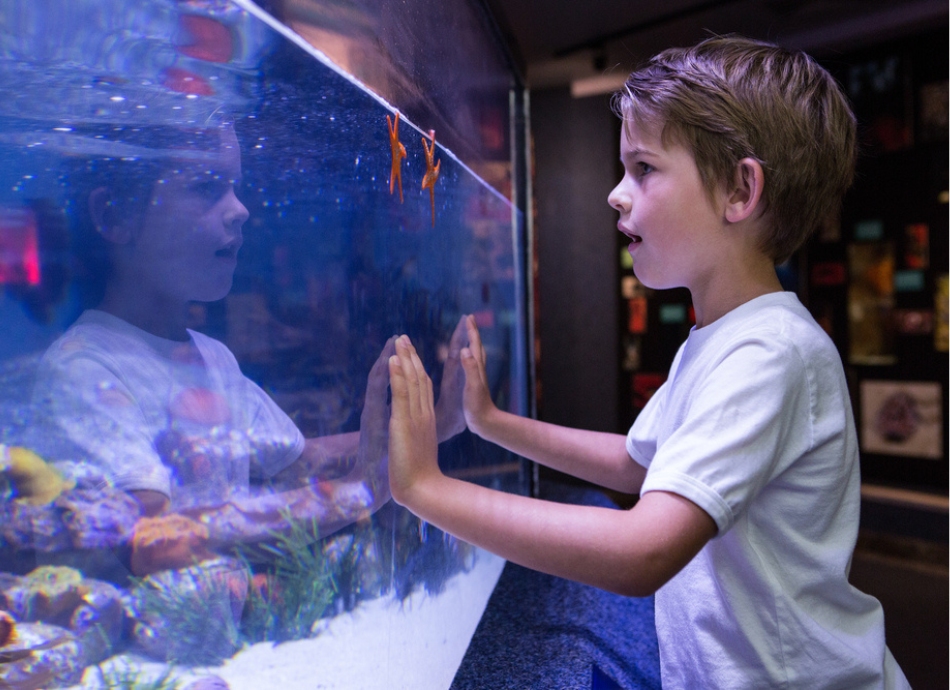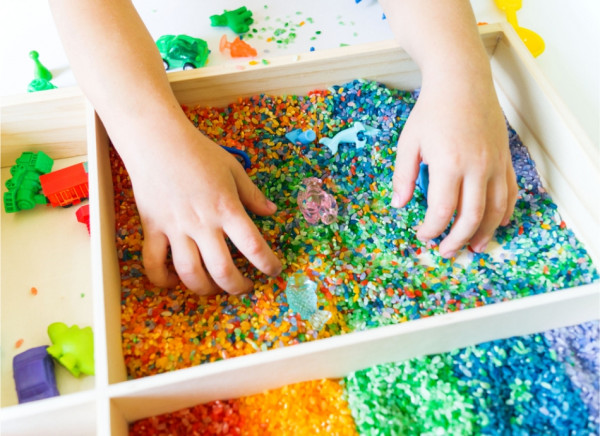Wishing everyone a safe and happy Christmas and New Year – Meri Kirihimete from the Healthify team.
Sensory processing disorder
Key points about sensory processing disorder
- Sensory processing refers to the way we get information about the world around us and from inside our own bodies.
- If a child has a sensory processing disorder, the information coming in through 1 or more of their senses becomes muddled or overloaded.
- Sometimes children are over-sensitive to some information (eg, noise) and under-sensitive to other information (eg, balance).
- The help you can offer your child will depend on their specific difficulties as well as their strengths.

Sensory processing refers to the way we get information about the world around us and from inside our own bodies.
Most people know the 5 common senses – smell, sight, sound, taste and touch. But we also have senses that give us information about what our bodies are doing and how they relate to what's around us.
Balance is one of these senses. Another is called proprioception (pro-pree-o-sep-shun), which is the sense of knowing where the parts of your body are in relation to one another and how to safely move around. For example, even if you're blindfolded, you'll be able to touch your knee or know if your hand is by your side or above your head. This is proprioception.
If a child has a sensory processing disorder, the information coming in through 1 or more of their senses becomes muddled or overloaded.
Generally, there are 2 types of difficulties:
- A child may be over-sensitive to some sensory information.
- A child may be under-sensitive to some sensory information.
Sometimes children are over-sensitive to some information (eg, noise) and under-sensitive to other information (eg, balance).
Sensory processing disorders are hidden difficulties – we can't see what's going on inside a child's nervous system, so we have to use their behaviour as a guide.
If a child is over-sensitive to some sensory information, they may become very anxious. This anxiety may cause them to withdraw, to try to avoid certain situations or to become controlling as they try to avoid overload. They may also have frequent meltdowns as a result of overload.
If a child is under-sensitive to some information (or even misses it altogether), they may seem quite hyperactive as they continuously try to seek out more sensory information. For example, they may move around constantly, make a lot of noises or try to touch people or things all the time. Alternatively, they might always seem to be in a daydream as they simply don't get enough sensory information to focus on what they're doing.
Sensory processing difficulties often happen with other development problems such as dyspraxia, learning difficulties, autism spectrum disorder and ADHD.
Sensory processing disorder is usually assessed by occupational therapists. If you need help finding an occupational therapist, speak to your child's usual healthcare provider or teacher.

Image credit: Depositphotos
An occupational therapist will ask you about your child's history and watch how they behave in different environments. They may ask you to do a sensory profile questionnaire, which helps to show how your child is processing the information they receive from their senses. They may also check for other development difficulties, eg, autism spectrum disorder and dyspraxia, which often happen alongside sensory processing disorder.
The help you can offer your child will depend on their specific difficulties as well as their strengths. Once you know more about what they have difficulty with and what they do well you can:
- adjust the home environment to suit them (eg, they may need less noise and less visual clutter)
- adjust the tasks you give them, and how (eg, an over-sensitive child may need plenty of warning and a visual clue, so they don't become anxious).
As well, an occupational therapist may be able to help them build awareness of their own bodies or decrease some of their sensitivities.
Talk to your child's occupational therapist or teacher about what will work best for your child.
There are community child development support services that can help. Your healthcare provider or child's school may also know what services are available for you and your child.
Apps reviewed by Healthify
You may find it useful to look at some Autism apps.
Sensory processing disorders affect different people in different ways. Generally, a child's disorder will stay with them as they grow up. But people with sensory processing disorders tend to choose jobs and hobbies that suit their strengths, minimising the difficulties they face.
Adults with significant sensory processing disorders will probably continue to need to make adjustments in their environment and may need continued support to avoid mental health issues, eg, low self-esteem, anxiety and depression.
LifeLinks – Disability support services(external link)
LifeLinks will help you to identify what support your child and family need, find the services your child is eligible for and advocate on your behalf. Your child will need to meet the criteria to access these services.
Ministry of Education – Special education(external link)
Information about special education resources your child may be able to access.
Parent to Parent(external link)
A support network for families raising a child with a disability.
Credits: Content shared between HealthInfo Canterbury, KidsHealth and Healthify He Puna Waiora as part of a National Health Content Hub Collaborative.
Last reviewed:





